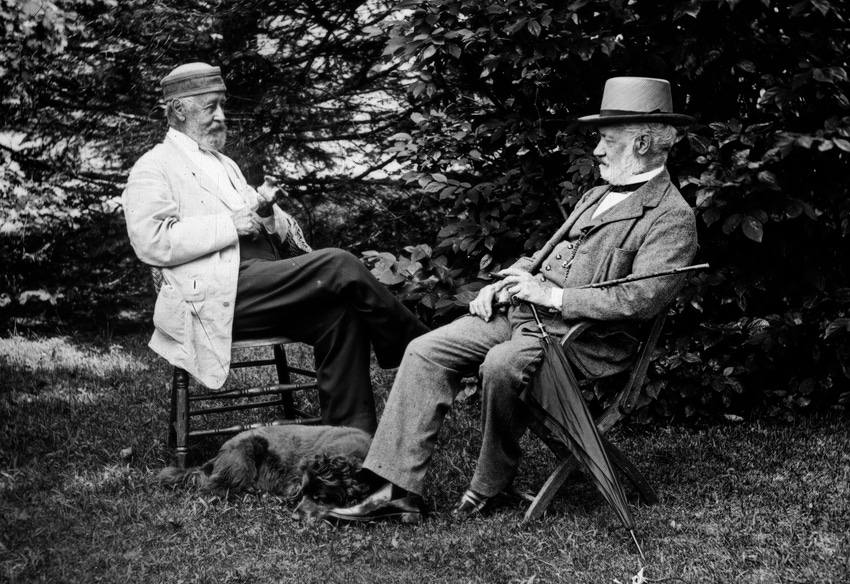
When I started veterinary school in 1973 most everybody smoked or chewed tobacco or both. When I began pioneering a rural veterinary practice in 1977 it was almost un-American for a man on the Cumberland Highland Rim where I live to refrain from smoking cigarettes, cigars or a pipe. Chewing tobacco and Scandinavian snuff also was very popular. Old women used the dry Scottish snuff. A bunch of those old girls could hit a topless can from halfway across the room.
There eventually became lots of reasons for giving up tobacco. It is no longer the cash crop of our people. It no longer pays for children’s shoes every fall. But I still like the stuff. It’s addictive and it keeps you alert. I might never stop dipping.
Merle Haggard and Willie Nelson cut a song several years back called “The Reasons for Quitting.” Sounds like a good idea. Ridding ourselves of bad habits is a step in the right direction. I have lots of respect for people that can come clean. But I reckon most of us just substitute a new bad habit to replace an old one.
In the last several years I believe that a handful of researchers, agriculturists and veterinarians have proven that health is based on genetics and nutrition and maybe a little discipline. The soil has been proven to be the root of health, and is not just dirt to hold plants upright. Remember that well-mineralized soil (high calcium and magnesium) that is growing a highly diverse forage mixture of grasses, legumes and forbs functions when a few other natural principles are followed. Then it improves and gets better.
As you ponder that idea, let me remind you medicine and medical/surgical intervention is a risk-versus-benefit game. The same is true of vaccination programs. Ditto for mass treatment programs. It is nearly impossible to make a healthy calf healthier. But we can make things worse as the result of bad decisions. I had a friend who killed 12 cows on one warm March afternoon 21 days after applying 300 pounds of ammonia nitrate per acre to a field of fescue. You could hear the grass growing and watch the cows die with grass tetany after chasing you under the truck. Folks, grass is not supposed to grow that fast in March where I live.
The increase in price of salt fertilizers have been an asset to animal health. This is especially true of synthetic nitrogen and potassium chloride (potash). Plants that love water also love nitrogen. The faster the plant grows the less the mineral content and the greater the amount of non-protein nitrogen in the plant tissue. Non-protein nitrogen has been a major cause of cattle health issues for at least 70 years. When fescue became king of the mid-south everything greened up except health, production and profits.
My, how things have changed. A young producer with a sizable operation called me the other day with some vaccination questions and as we visited, he made the statement that all you have to do is follow the “governor’s boys” teaching and you’ll sure as hell go broke. Back when I was his age I was considered a governor’s boy!
The opinions of this author are not necessarily those of Beef Producer or Farm Progress.
About the Author(s)
You May Also Like






